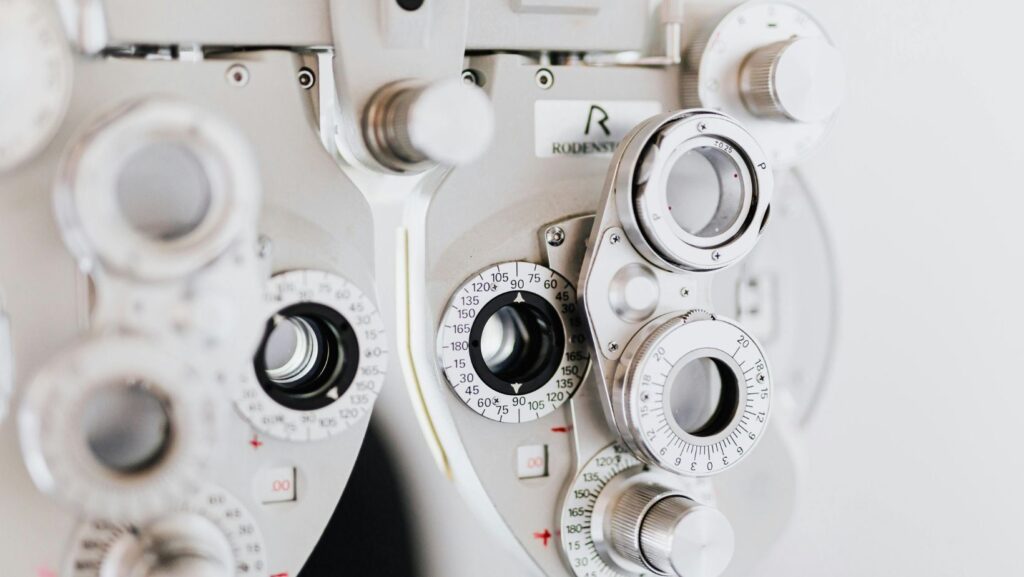A generation ago, most Bay Staters resigned themselves to a lifetime of glasses or contact lenses. Today, walk into any coffee shop from the Berkshires to the Cape and you’ll meet someone raving about their recent LASIK eye surgery Massachusetts experience. Despite newer options like SMILE and PRK, LASIK still draws the largest crowd—and with good reason. Here’s why the procedure continues to top the charts for LASIK vision correction Massachusetts patients.
1. A Track Record Few Surgeries Can Match
When people invest in their eyesight, they want proof it works. Modern studies show LASIK delivers: 96 % of patients report being “very satisfied,” and fewer than 1 % experience a serious complication. More than 99 % achieve 20/40 vision—good enough to drive without lenses—and roughly 90 % reach the coveted 20/20 mark.
That success has translated into sheer volume. The U.S. performs about 700,000 LASIK procedures every year, a figure that has stayed steady even through economic ups and downs. Numbers like these build confidence; every friend or coworker who has a good outcome becomes a walking endorsement.
2. Technology Keeps Raising the Bar
Early LASIK relied on mechanical microkeratomes to slice the corneal flap. Today’s surgeons in Worcester and Boston use femtosecond lasers that can place a flap within microns of the target depth, slashing flap-related complications. Add wavefront-guided mapping—essentially a 3-D fingerprint of each cornea—and the laser can smooth out tiny aberrations glasses never fixed.
These upgrades aren’t just marketing points; they explain the jump in visual quality (sharper night vision, fewer halos) and the steady climb in satisfaction surveys. When technology keeps reducing risk while sharpening results, popularity naturally follows.
3. Recovery Is Measured in Hours, Not Weeks
For most candidates, LASIK takes about 15 minutes per eye and vision clears enough to drive the next day. Surface procedures like PRK need up to a week of hazy vision while the epithelium regrows. SMILE, meanwhile, can leave mild inflammation that lingers a few extra days.
In a state where many residents juggle long commutes and tight PTO, time matters. Getting back to the biotech lab in Cambridge or the ski slopes in the Berkshires after just one quiet weekend is a huge selling point for LASIK eye surgery Massachusetts patients.
4. One-Time Cost Beats Years of Lenses
Average LASIK pricing in New England runs $2,000–$3,000 per eye. That may sound steep until you tally a lifetime of designer frames, disposable contacts, solutions, and prescription sunglasses. Factor in Flexible Spending Accounts (FSAs) or employer-sponsored vision benefits that many Massachusetts tech and healthcare companies offer, and the break-even point often arrives in four to six years. After that, every beach day without prescription shades feels like a dividend.
5. Demand Rises as Screens Dominate Daily Life
Myopia rates keep climbing, particularly among younger professionals glued to laptops and phones. The average LASIK patient is now in their early thirties —prime career years when juggling specs, masks, and workouts becomes tiresome. Surgeons across Massachusetts report full appointment books because the procedure answers a practical, everyday problem: glasses fog in winter, contacts dry out in HVAC-blasted offices, and neither cope well with marathon Zoom sessions.

6. Local Expertise Fuels Trust
Massachusetts hosts world-class teaching hospitals and research hubs. Centers like Mass Eye and Ear constantly publish outcome data, reinforcing transparency. Their 2023 hyperopia cases, for instance, showed more than half of treated eyes landing within half a diopter of the target despite small sample size. Even more significant, fellowship-trained corneal surgeons teach the very techniques adopted nation-wide. For patients, knowing the same specialists who train tomorrow’s ophthalmologists will hold the laser over their own eyes is a comfort few regions can match.
7. Safety Messaging Is Straightforward—and Honest
Social media occasionally amplifies LASIK horror stories, including rare cases of chronic pain or ectasia. Responsible clinics acknowledge these risks upfront, screen out poor candidates, and emphasize post-op follow-ups. The data are hard to ignore: the chance of losing two or more lines of best-corrected vision is under 1 %, and ectasia risk hovers around just 0.2 %. Balanced education reassures reasonable people—another reason word of mouth stays positive.
8. LASIK Evolves Alongside Lifestyle Trends
- Adventure Sports – From Cape Cod kitesurfers to Mount Greylock hikers, fewer lenses mean less gear to fuss with.
- Mask-Friendly – Healthcare workers at Massachusetts General Hospital praise LASIK for ending lens fog during long N95 shifts.
- Aesthetics – Clear, lens-free eyes photograph better in a selfie culture and simplify makeup.
- Sustainability – Fewer single-use contact blister packs and saline bottles fit environmentally conscious New Englanders who care about waste.
The surgery’s appeal grows not because glasses are evil, but because modern life rewards the convenience LASIK delivers.
9. Continuous Improvement Keeps It on Top
The next wave—topography-guided ablations, automated centration tracking, and AI-driven treatment planning—promises even tighter accuracy. Each innovation nudges outcomes upward and worry downward. Competing procedures will improve too, but LASIK has a 25-year head-start of refinements that make an already efficient surgery even better.
The Takeaway
Popularity doesn’t happen by accident. LASIK dominates corrective surgery choices in Massachusetts because it blends proven safety, cutting-edge tech, quick recovery, and long-term value. Add a dense network of expert surgeons and a lifestyle that prizes convenience, and it’s easy to see why friends, coworkers, and even your optometrist may be lining up for LASIK vision correction Massachusetts.
If you’re tired of fogged lenses on the Red Line or scratchy contacts in spring pollen, schedule a consult. After a thorough screening, you’ll know if you’re one of the many who can trade the nightly lens case for crisp vision around the clock—and join the chorus keeping LASIK at the top of the popularity charts.
